4 One More Boom: Energy & Agriculture in Stark County
Carly Griffith
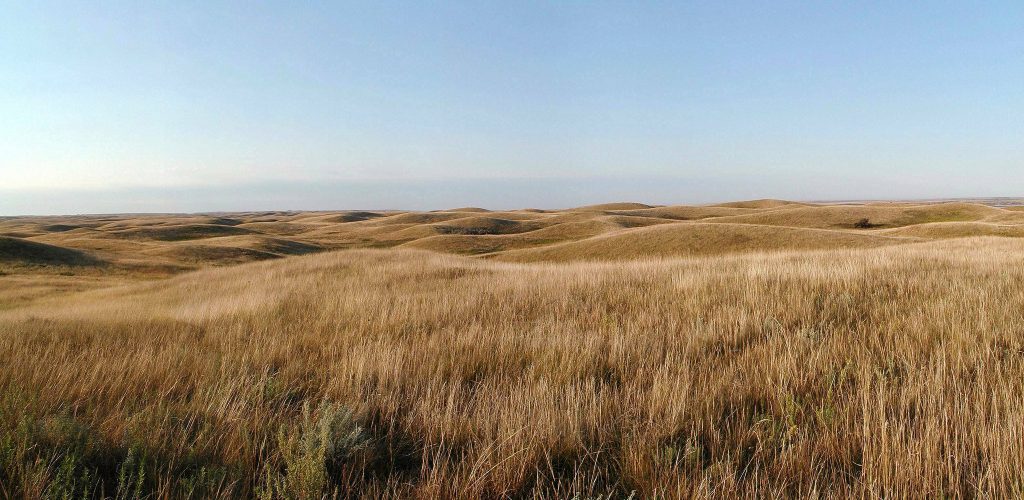
Stark County is easy to miss from the highway. The community of about 30,000 people lies in the semi-arid grasslands of southwest North Dakota. The largely agricultural landscape of wheat and hay fields is veined with shallow tributary creeks that feed into the Heart River. When you drive in on Interstate 94, the road stretches toward a treeless horizon and buttes rise out of the dirt like waves in a dry sea. Farmsteads marked by shelter belts of planted trees seek protection in the shallow topography, but often look exposed on the open plains. Every few miles you can look out and see clusters of wind turbines whose massive blades churn the air, while the occasional oil rig plods away or sits heavy and abandoned in the distance.
For centuries the homeland of Plains Indian tribes such as the Mandan and Sioux, the region was settled over the course of the nineteenth century by European immigrants at the behest of land speculators and railroad companies that wanted to dispense with their federal land grants. Many of these immigrants were German Russians who, accustomed to the harsh climate of the Russian steppes, were able to establish subsistence farms. During the twentieth century the state became a major agricultural producer, with some of the nation’s highest exports in cereal grains like wheat, barley, and oats, as well as oilseeds like canola and flax. In the early twenty-first century the agricultural economy shifted towards more soybean and corn monoculture production to meet global demand, and production was increasingly concentrated on large farm operations. (See Timeline Chapter)
Today when people think of North Dakota, they are more likely to imagine oil rigs, wind turbines, and “man camps”—vast swaths of ready-made homes for itinerant oil workers—than a romanticized vision of homesteads. Over the past few decades the state has become an energy frontier that supports some of the highest production of oil, gas, and wind on the continent. The western half of the state sits on top of the Bakken shale formation, one of the largest contiguous deposits of oil and natural gas in the United States. Oil was first discovered in the state in 1951, but was considered a marginal resource for much of the 20th century because it lay so deep underground.
In recent years, new technologies have driven a major oil boom in the region, and North Dakota is now second in the country for crude oil production (after Texas). It produces an average of over one million barrels of oil per day, with about a fifth of production on the Fort Berthold Reservation of the Three Affiliated Tribes (Mandan, Hidatsa, Arikara). Wind farms, spread over the southwest quadrant of the state, are a more recent addition to the landscape but have spread at a rapid pace, with North Dakota now sixth in wind production nationwide. As the series of maps below show, Stark County and the city of Dickinson are at the heart of these regional transformations, with concentrations of both oil wells and wind farms.
North Dakotans take great pride in agriculture, which they see more as a way of life than a job. But, increasingly, it has come under new pressures. While energy production has brought in jobs, money, and infrastructure, many farmers have seen little of the associated revenue. Across the state, many property owners do not hold claim to the minerals beneath their land. This is the result of a complex history of land ownership that includes homestead settlement, the federal foreclosure of farms during the Great Depression, and subsequent sales of split estates with surface and mineral rights under separate title. Now only about 25% of North Dakota’s surface owners also hold the mineral rights to their land. This leaves many farmers with active wells on their land but little control over the production process—and its associated environmental risks.
These conditions have led to tension between energy development and agriculture, the state’s two economic pillars. A flurry of litigation has cluttered the docket of the state’s Supreme Court with arguments over the Abandoned Mineral Rights Act, a 1983 statute that lays out a process for surface owners to reclaim mineral rights after twenty years of disuse.
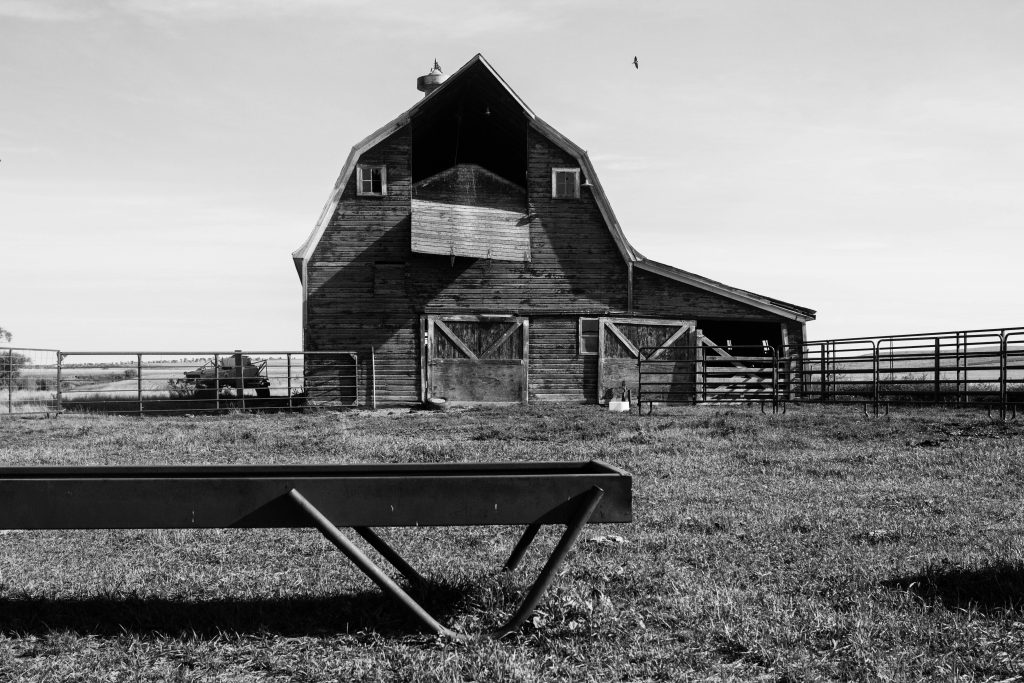
In Stark County, people describe energy production’s effects on local livelihoods in tones that vary from wariness to acceptance. George, a young farmer who holds multiple jobs in the community, said that most farmers in the area have to supplement their income with other forms of employment as agricultural production shifts to larger farm operations. He refers to North Dakota as a “state of survival” but estimates the area may lose 25% of its farms in the next ten to twenty years as operations consolidate.
George attributes this consolidation in part to the latest oil boom, which lasted from 2008 until about 2012, when prices began to fall. “Energy unlevels the field for agriculture,” he said. Because oil has such a high profit margin, it enables investors to buy out large swaths of land that they often don’t keep in active agricultural production. For farmers who do own the mineral rights to their land, royalty payments can provide the additional revenue they need to purchase new equipment or lease farmland from their neighbors. Meanwhile, those who don’t own mineral rights must contend with groundwater contamination and other environmental damage caused by oil infrastructure.
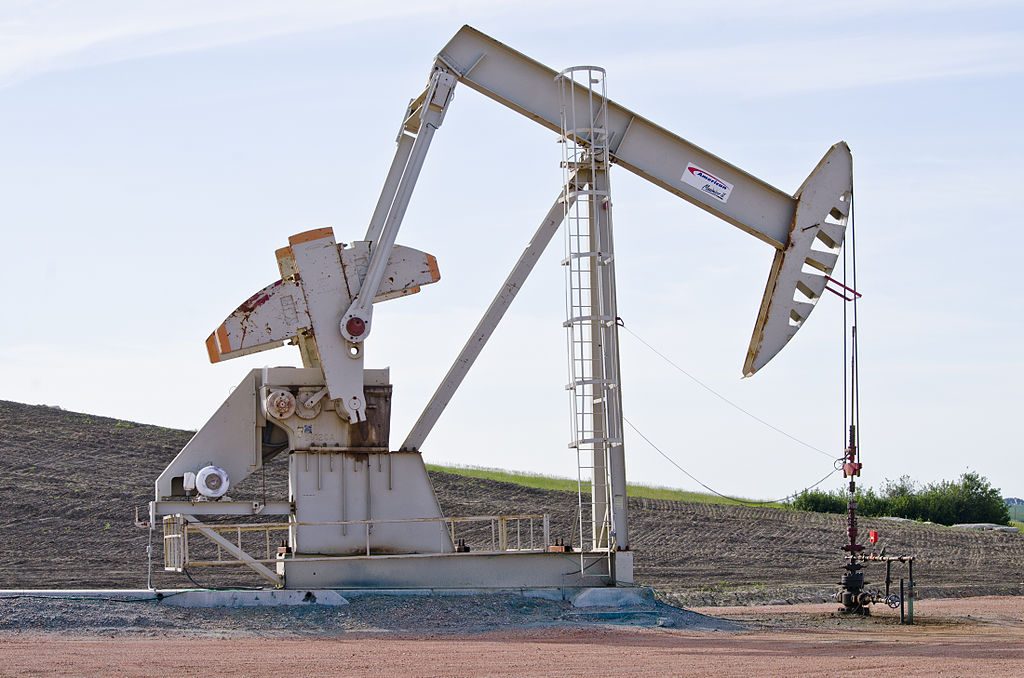
These tensions between agriculture and energy development can be traced to the discovery of oil in the state in 1950s. The initial boom that followed was short-lived, but was followed by a more substantial boom in the 1970s and 80s driven by political unrest in the Middle East and subsequent reductions in oil imports from Saudi Arabia, Iran, and Iraq. Decades of boom-and-bust cycles damaged cropland, pitted local residents against transient oil workers, and left behind ghostly “boom towns” built up in the frenzy of early investment and then abandoned as the resources dried up. There’s a sense that the grand promise of each boom tends to evaporate on the wind. To sum it up, George quotes a bumper sticker he once saw: “Please God give me one more boom, I swear I’ll save some this time . . . ”
Some claim that a new wind boom has arrived to replace the volatile and uncertain oil boom. More than a thousand turbines cover the western half of the state. In 2016, the wind company NextEra Energy Resources built the Brady Wind Energy Center, which spans Hettinger and Stark counties. NextEra leases land from farmers for their turbines for fixed annual payments that have helped to diversify sources of income and slow rural out-migration as farm operations lose revenue.
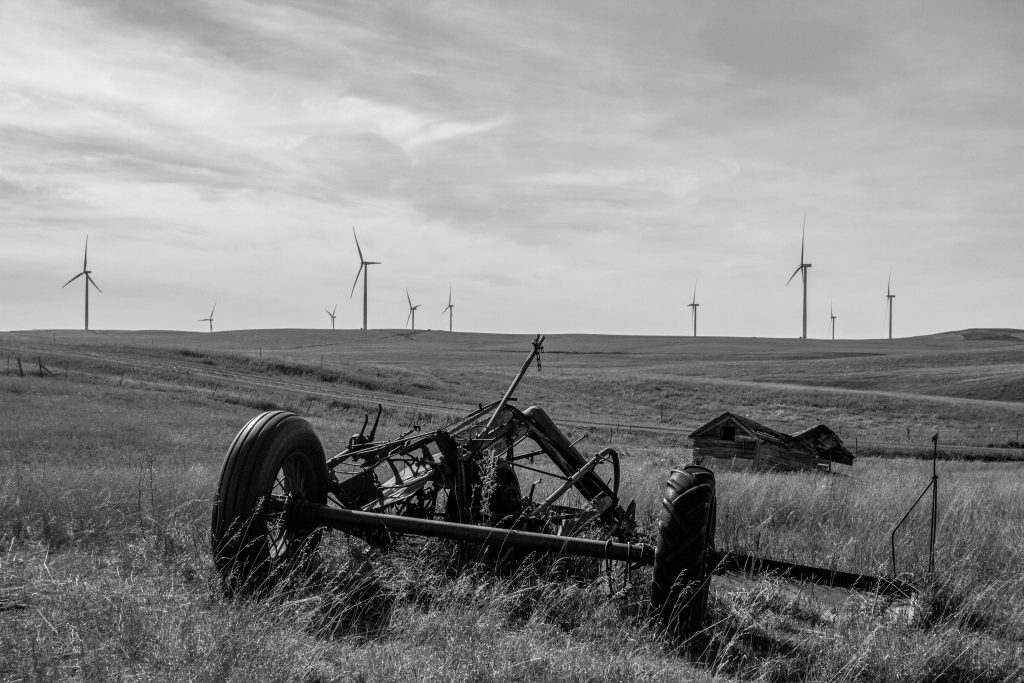
Yet there are many local residents who feel uneasy about wind companies and see turbines as a bigger eyesore than oil rigs. Farmers talk about the eerie soundscape the turbines create, especially when a south wind blows through. Some worry that the turbines will affect their cattle or decrease rainfall on their property, though so far there doesn’t seem to be much cause for concern.
Others express less ambivalence about wind power in the area. Two long-time residents of Stark County, Sam and Vivian, both compare the wind turbines to the electric wires installed under the Rural Electrification Act (REA) in the early 1950s. People initially considered the powerlines a visual obstruction but soon came to take them for granted. “Everyone needs electricity,” Vivian said, “and it’s got to come from somewhere… We don’t notice the poles now and eventually the turbines will be the same.”
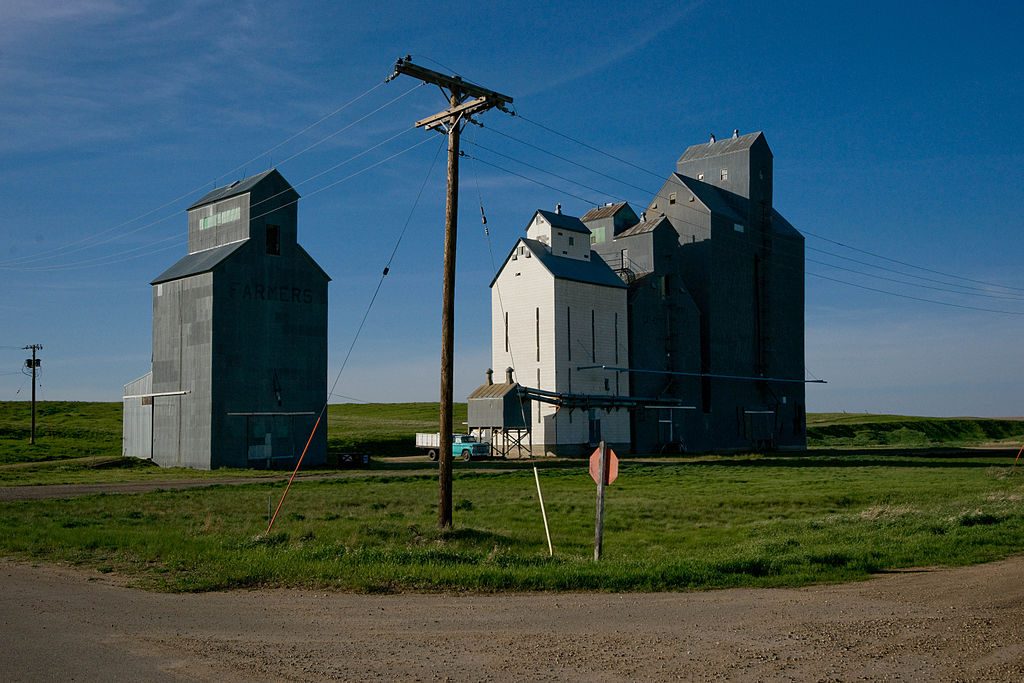
As energy production powers many landscape transformations, other features of the community remain more stable. Because of the state’s Depression-era anti-corporate-farm law, even North Dakota’s largest farms are family owned—a stark contrast to the corporate monoliths of the energy sector. Though most people can no longer rely on wheat and livestock production to make ends meet, many keep the property within the family and then lease the land out to larger agricultural operations. This practice stems from the pride people felt to be among the few who “made it” in this difficult place, and extends to a sense of inevitability people expressed around old age and farm transfer to the next generation.
Very few people die on their farms. Most choose to move to the county seat, Dickinson, to spend their last years in proximity to friends and the conveniences of town. Vivian made that decision after her husband passed away and she tired of the long and lonely car rides to and from Dickinson. She and her husband had handed the farm operation down to their youngest son, Carter, who says he farms it now for his own boys. “A part of my heart is still out on the farm,” Vivian said, “but I don’t miss it in a day-to-day way. I can still go there whenever I want and see the kids and grandkids.”
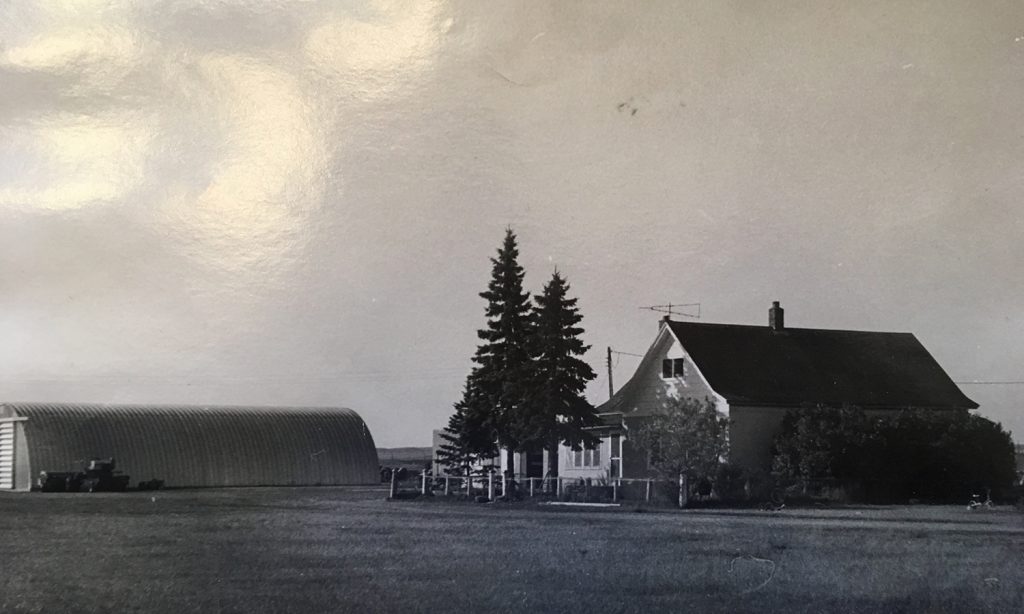
While many work to preserve their farmsteads, other elements of the built environment have undergone dramatic change. The small town of Schefield was once a hub of activity, with a Catholic church, social hall, and school that kids would travel miles to attend. Today the town has been effectively erased, rendered obsolete by improved country roads and the concentration of public services in Dickinson—a transition that has been hastened by the spike in municipal income from energy taxes.
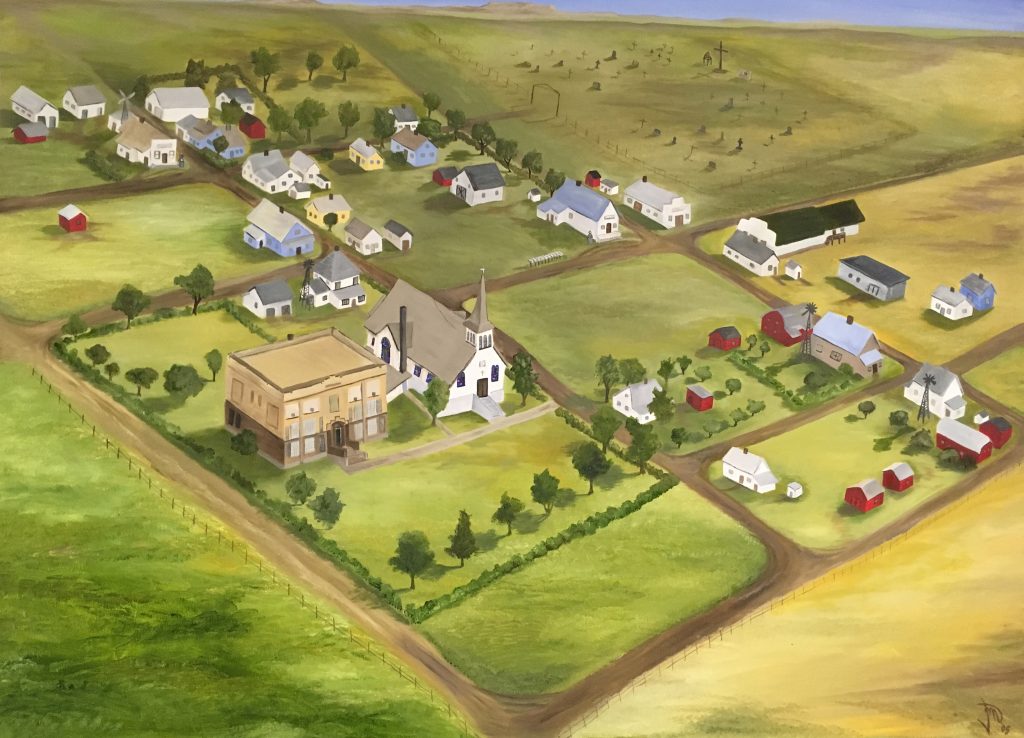
The only trace of Schefield that remains is the social hall, where the average member age hovers close to 70. Drink sales are the hall’s major source of revenue. At $1 a beer, it’s the best deal in town. There is still great pride in the $500 allocation for death benefits that goes to members, another example of the pragmatic approach to old age and death on the northern plains.
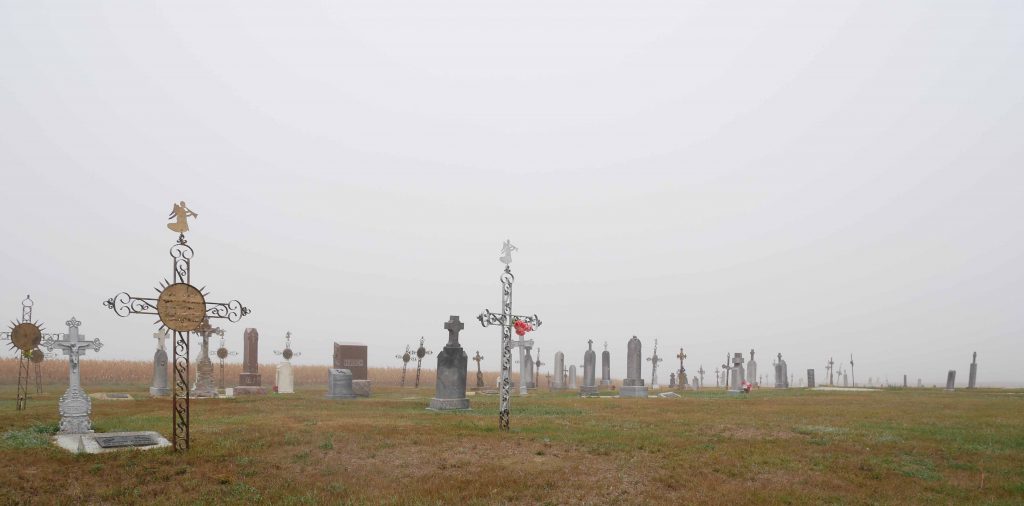
While local opinions about energy development vary, it seems clear that wind and oil production will continue and likely accelerate in western North Dakota. Some people celebrate these industries for the lucrative jobs and demographic growth they have created, while others worry about the repercussions of these changes for traditional agricultural livelihoods and the sovereignty of Indigenous peoples in the region—many of whom have had to fight to maintain control of their land and waters.
Despite these uncertainties, many people remain in Stark County with no plans to leave. Someone asked Sam, who has lived on this patch of the plains for nearly a century, why he chose to stay when so many others had left. In characteristically unsentimental words, he said that “it was all he knew” and left it at that. Within this remote and hauntingly beautiful place, he had made a home.
Editor’s note: A modified version of this essay appears in the digital magazine Edge Effects, published by the University of Wisconsin-Madison. People’s names have been changed for privacy.
